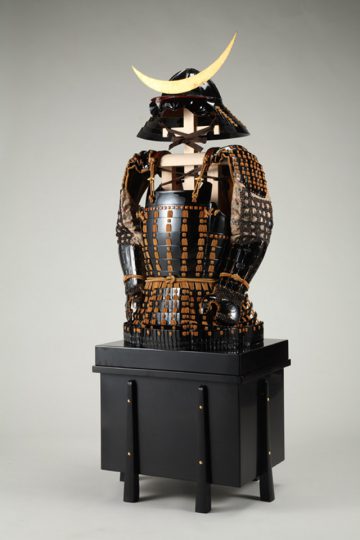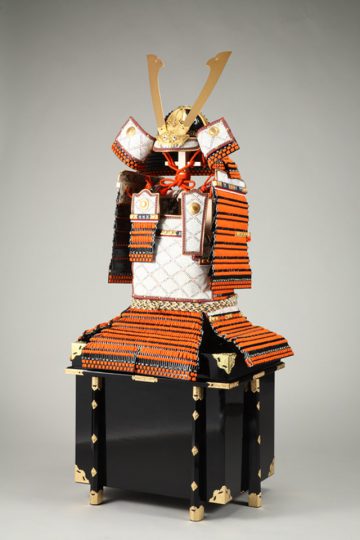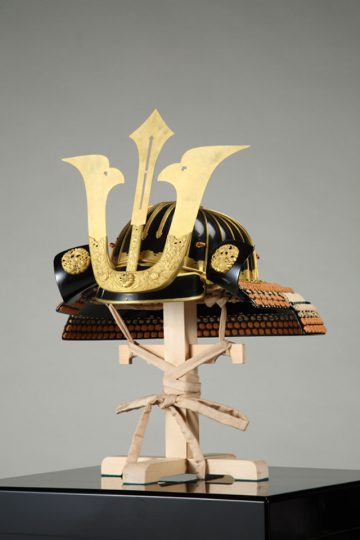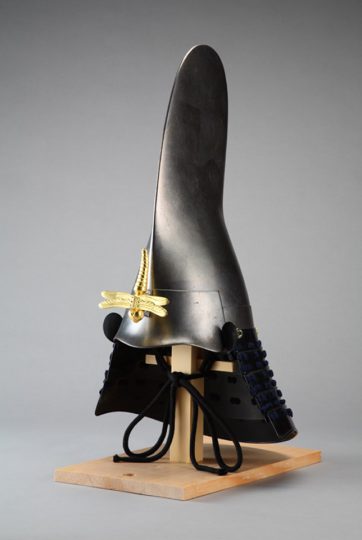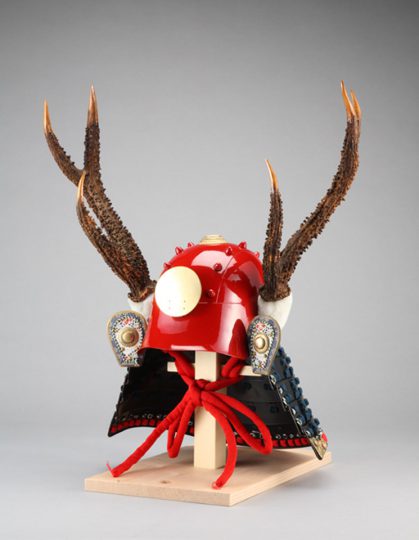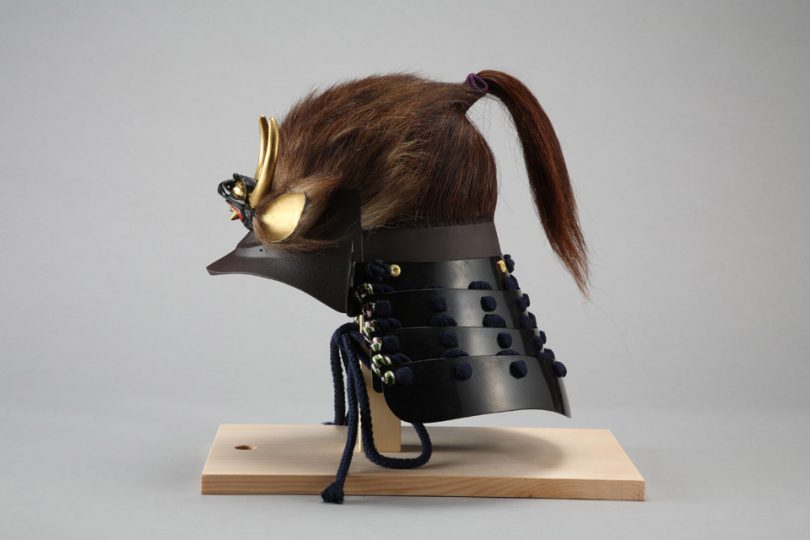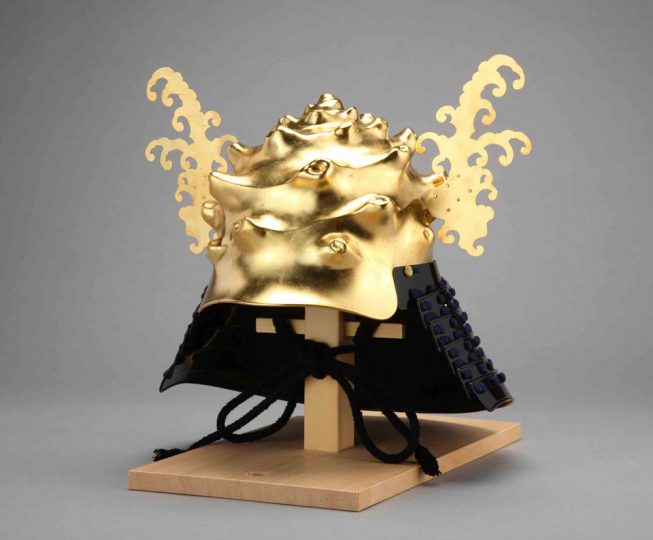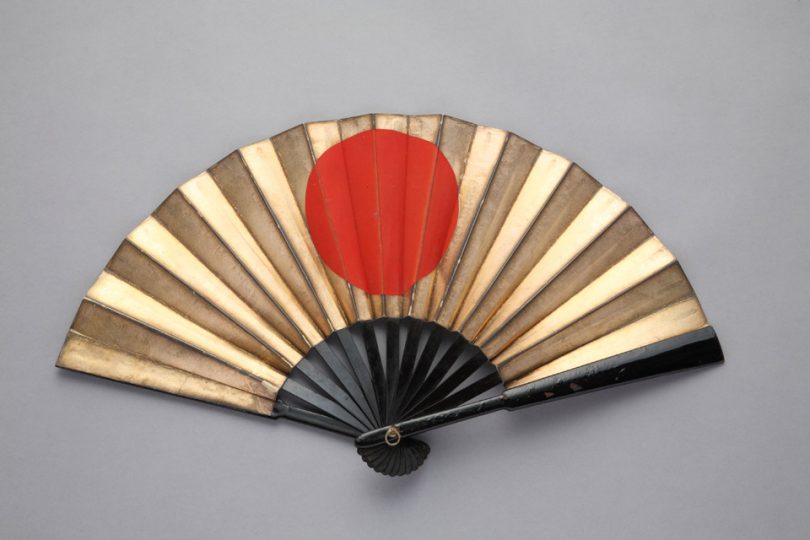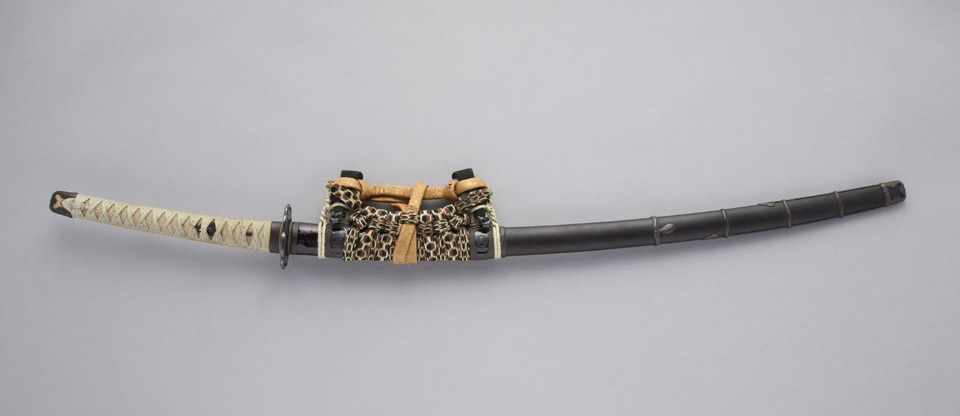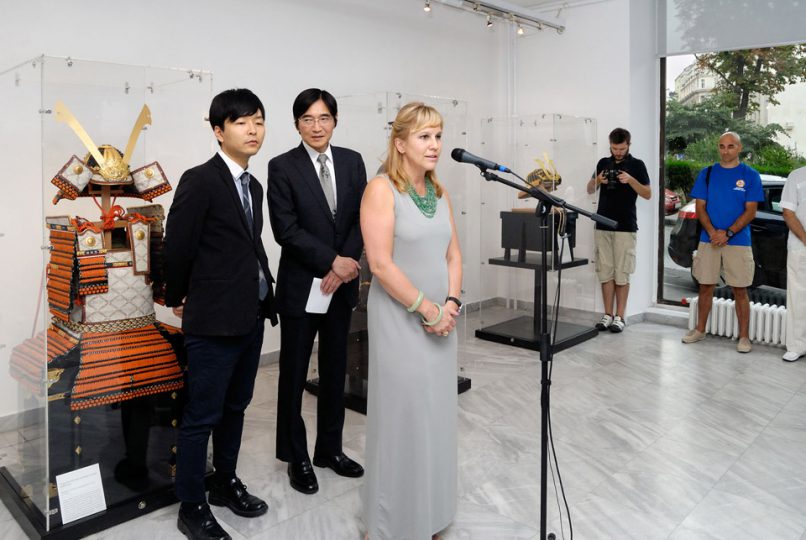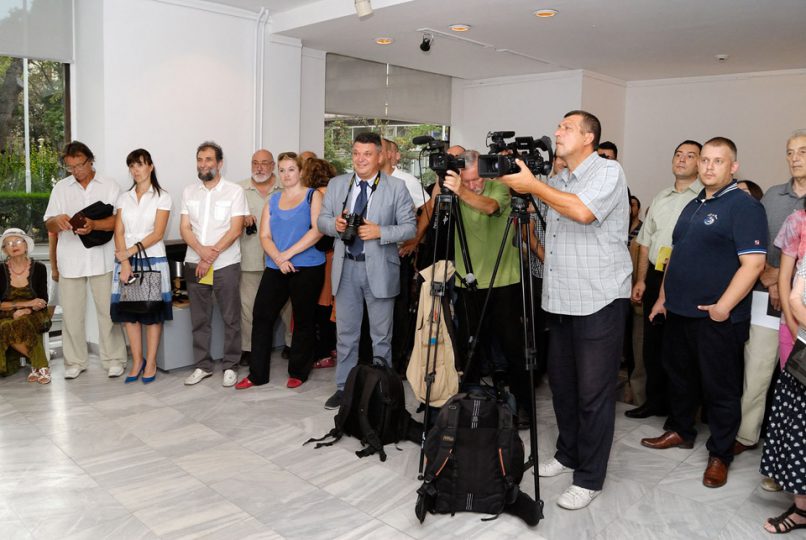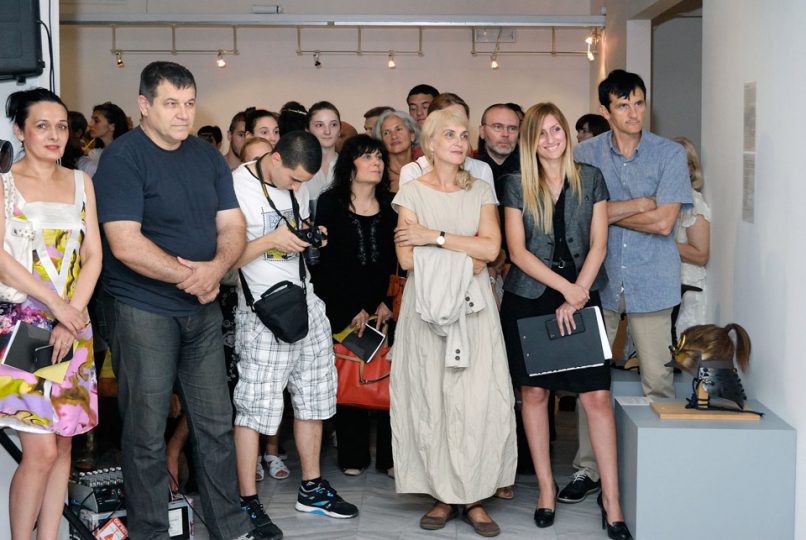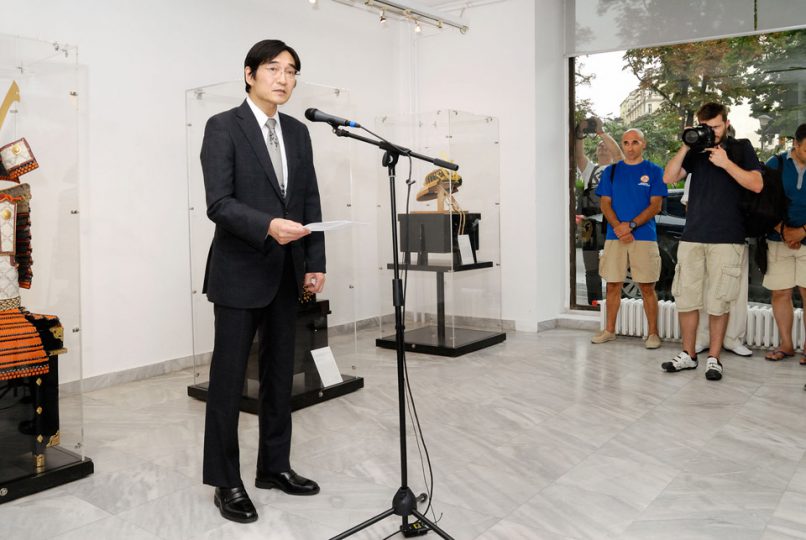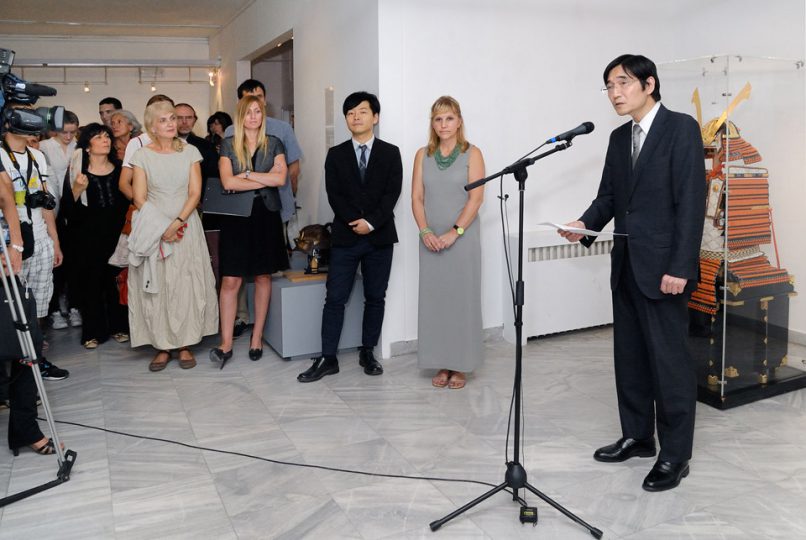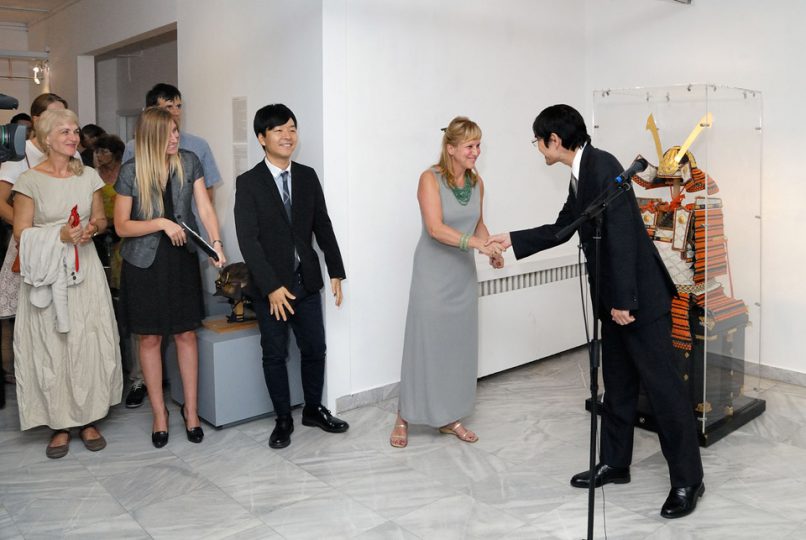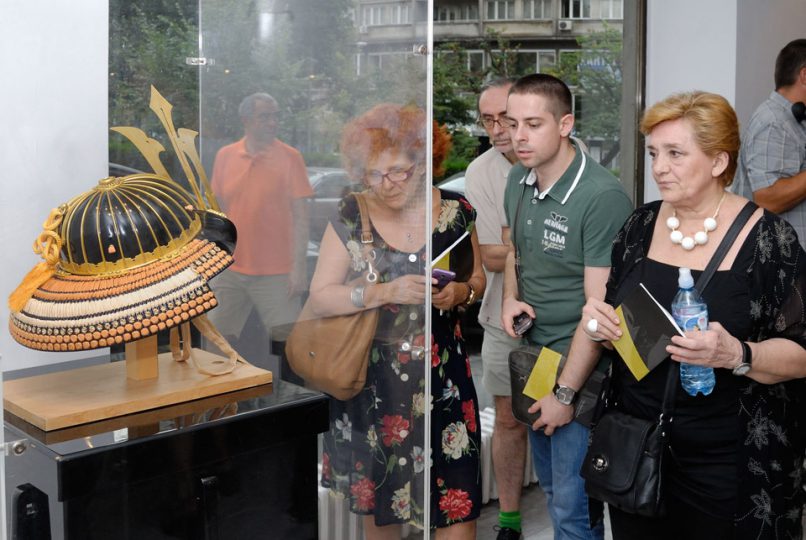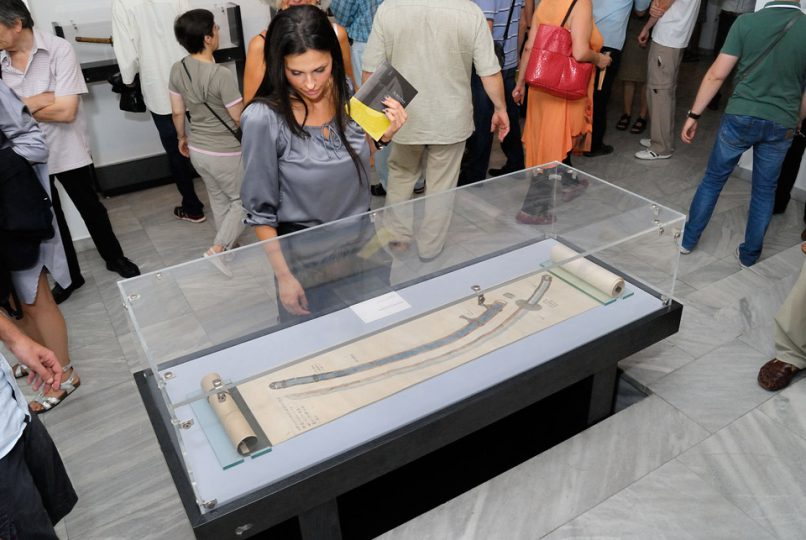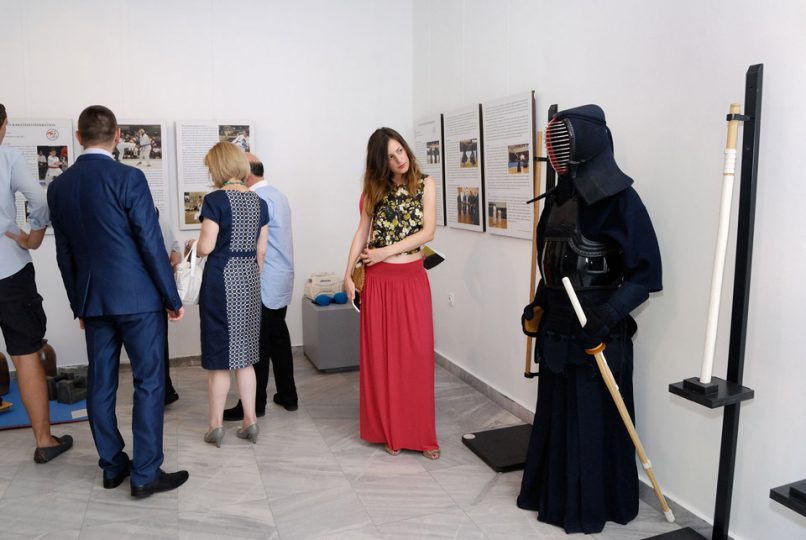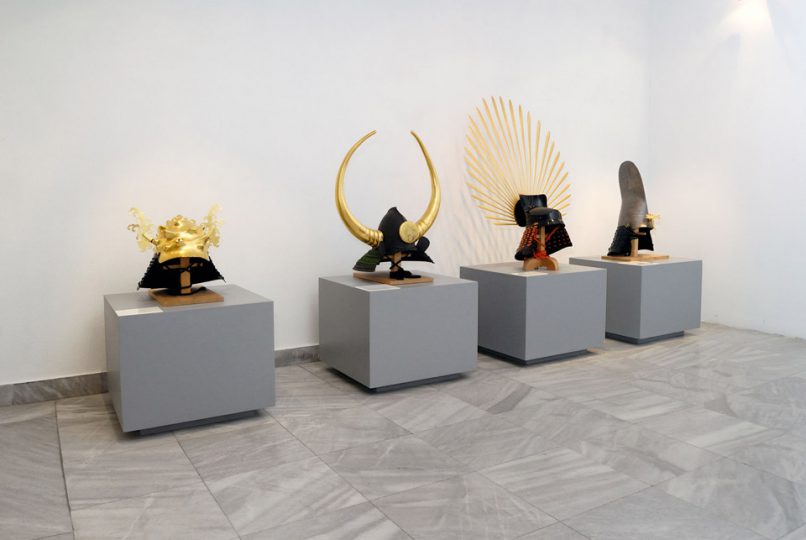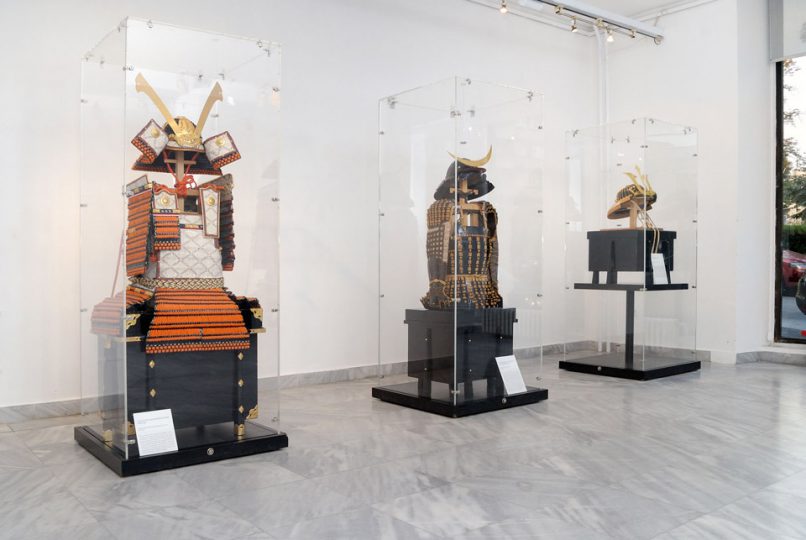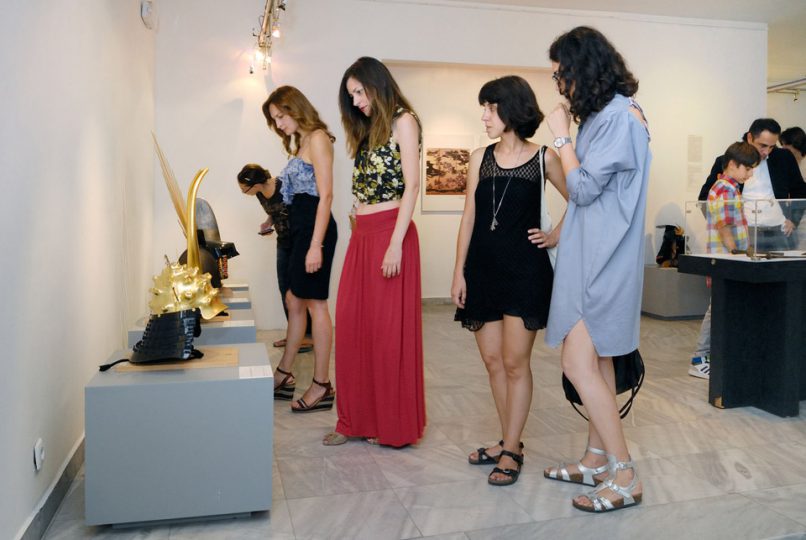The exhibition will be opened by NJ. E. Đuići Takahara, ambasador Japana u Srbiji
Curator of the exhibition: Milica Cukić, MA, Museum of Applied Art
Organizers: The Embassy of Japan in the Republic of Serbia and Museum of Applied Art
In order to enhance the understanding of Japanese arts and culture through the visual arts, the Japan Fondation collaborates with overseas museums on a wide range of exhibitions from traditional to contemporary arts.
The exhibition consists of two parts:
In the first part, reproductions/originals of historical weapons such as bowns and arrows, suits of armor, helmets, and so on are shown, and the development and changes of Japanese martial arts from 8th century to 19th century are explained. Many of ancient types of armor and weapons have not survived to the present or are too fragile for international transport. That is why we decided to include reproductions, which would give the appearance of suits of armor and helmets at the time of original production even more vividly.
The second part deals with the reorganization of bujutsu to budo in the 19th and 20th centuries, and how spirit of martial arts is still inherent in the daily life of Japanese people today. Nine budo associations are also introduced and the clothes and implements such as bamboo swords, protectors, bowns and arrows, and so on, which are used by players and students in the present day, are also to be seen.
The viewers of this extibition will become aware of not only the history of Japanese martial arts, but also of people’s aesthetic awareness and creativity, and Japan’s social history and the Japanese way of thinking from a new angle.


